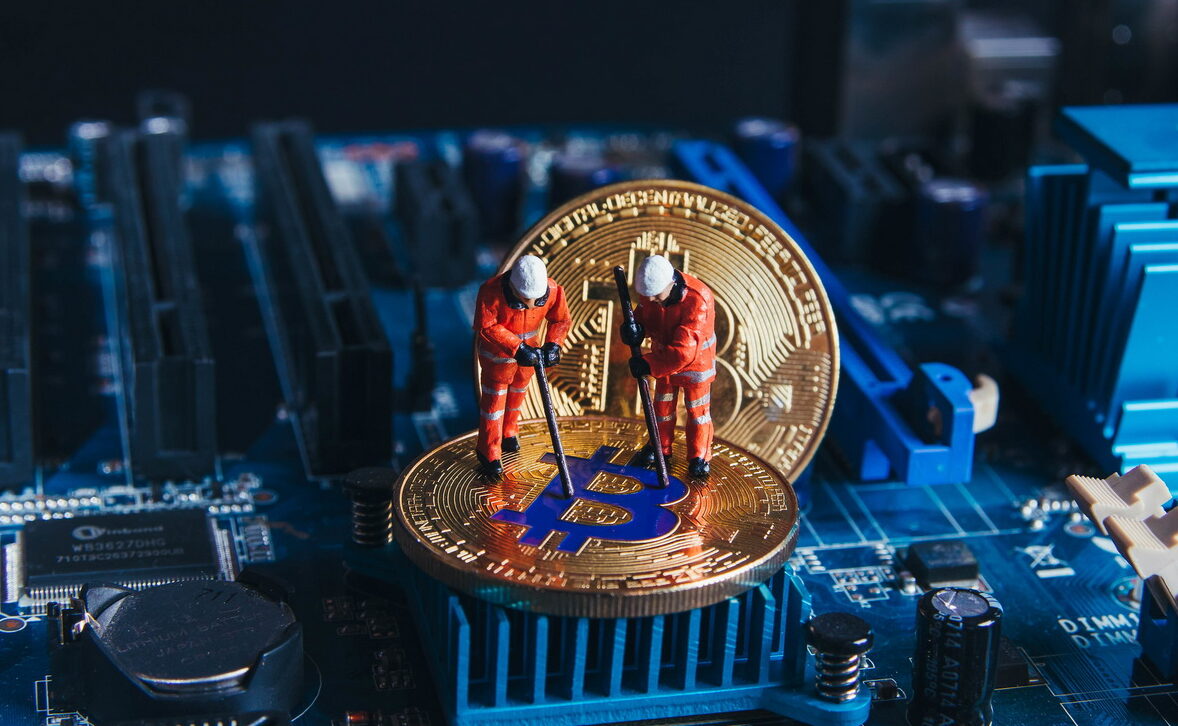Finding the best bitcoin mining hardware 2025 can make or break your mining profitability in today’s competitive landscape. With Bitcoin’s price volatility and increasing network difficulty, choosing the right mining equipment has never been more critical. The cryptocurrency mining industry has evolved dramatically, and miners need cutting-edge ASIC devices that offer superior hash rates, energy efficiency, and long-term reliability. Whether you’re a beginner looking to start your first mining operation or an experienced miner upgrading your farm, this comprehensive guide will help you navigate the complex world of Bitcoin mining hardware. We’ll examine the top-performing miners available this year, analyze their specifications, and provide practical insights to maximize your mining returns in 2025’s dynamic market conditions.
Top Bitcoin Mining Hardware 2025: Performance Leaders
The mining hardware landscape has witnessed remarkable innovations this year, with manufacturers pushing the boundaries of efficiency and performance. Leading companies like Bitmain, MicroBT, and Canaan have released next-generation ASIC miners that deliver unprecedented hash rates while maintaining competitive power consumption ratios.
Bitmain Antminer S21 Pro: Industry Game-Changer
The Antminer S21 Pro stands out as one of the most powerful miners available, delivering an impressive 234 TH/s hash rate with 3510W power consumption. This translates to an energy efficiency of approximately 15 J/TH, making it extremely competitive for large-scale operations. The unit features advanced cooling technology and robust build quality, ensuring reliable performance in demanding environments.
Key specifications include dual-fan cooling systems, Ethernet connectivity, and compatibility with major mining pools. The S21 Pro’s enhanced chip architecture provides improved thermal management, reducing operational costs and extending hardware lifespan.
MicroBT WhatsMiner M60S: Efficiency Champion
MicroBT’s WhatsMiner M60S has gained significant attention for its exceptional energy efficiency and consistent performance. With a hash rate of 172 TH/s and power consumption of 3344W, it offers competitive returns for miners focused on long-term profitability.
The M60S features advanced power management systems and optimized firmware that allows fine-tuning for different operational conditions. Its modular design facilitates easy maintenance and upgrades, making it suitable for both individual miners and commercial operations.
Profitability Analysis: Calculating Mining Returns
Understanding profitability metrics is crucial when selecting mining hardware. Several factors influence your potential returns, including electricity costs, Bitcoin price, network difficulty, and hardware efficiency.
Hash Rate vs. Power Consumption
The relationship between hash rate and power consumption determines your mining efficiency. Higher hash rates increase your chances of mining blocks, but excessive power consumption can erode profits. Modern miners should target equipment with efficiency ratios below 20 J/TH for optimal results.
Break-Even Analysis
Calculate your break-even point by considering initial hardware costs, monthly electricity expenses, and projected Bitcoin earnings. Most profitable mining operations achieve break-even within 12-18 months under current market conditions.
Essential Factors When Choosing Mining Equipment

Power Requirements and Infrastructure
Before purchasing mining hardware, assess your electrical infrastructure capacity. High-performance miners require dedicated electrical circuits and adequate ventilation systems. Consider consulting with electrical professionals to ensure your setup meets safety standards and operational requirements.
Cooling and Ventilation Solutions
Effective cooling systems are vital for maintaining optimal performance and extending hardware lifespan. ASIC miners generate substantial heat, requiring robust ventilation and temperature control. Industrial fans, air conditioning systems, and proper airflow design prevent overheating and reduce maintenance costs.
Noise Considerations
Mining hardware produces significant noise levels, typically ranging from 70-80 decibels. Plan for sound dampening solutions if operating in residential areas or consider remote hosting services for noise-sensitive locations.
Mining Pool Integration and Software
Successful Bitcoin mining requires joining reputable mining pools and configuring appropriate software. Popular pools like Slush Pool, F2Pool, and Antpool offer different fee structures and payout methods.
Firmware Optimization
Many miners benefit from custom firmware solutions that unlock additional performance or efficiency improvements. However, firmware modifications may void warranties and require technical expertise.
Monitoring and Management Tools
Implement comprehensive monitoring systems to track hardware performance, temperature levels, and profitability metrics. Tools like Awesome Miner and MinerStat provide centralized management capabilities for large-scale operations.
Investment Strategies for 2025

Dollar-Cost Averaging Approach
Consider gradually building your mining capacity through dollar-cost averaging rather than making large upfront investments. This strategy helps mitigate risks associated with hardware price fluctuations and market volatility.
Diversification Benefits
Diversifying across different hardware models and manufacturers reduces operational risks and provides flexibility for varying market conditions. Mix high-efficiency units for base capacity with newer models for growth potential.
Future-Proofing Your Mining Operation
Technology Roadmap
Stay informed about upcoming hardware releases and technological developments. Manufacturers continuously improve chip designs and introduce more efficient models that can impact your competitive position.
Sustainability Considerations
Environmental concerns and regulatory pressures increasingly influence mining operations. Consider renewable energy sources and carbon-neutral hosting solutions to future-proof your investment against potential restrictions.
Conclusion
Selecting the best bitcoin mining hardware 2025 requires careful analysis of performance specifications, profitability metrics, and operational requirements. The Antminer S21 Pro and WhatsMiner M60S represent excellent choices for serious miners seeking competitive advantages in today’s market. Success in Bitcoin mining depends not only on hardware selection but also on strategic planning, proper infrastructure, and continuous optimization.
Ready to start your mining journey? Research current pricing and availability for the recommended hardware models, calculate your expected profitability based on local electricity rates, and begin building your mining operation with the best bitcoin mining hardware 2025 has to offer. The cryptocurrency mining landscape continues evolving rapidly, making informed decisions and timely action essential for maximizing your investment returns.







